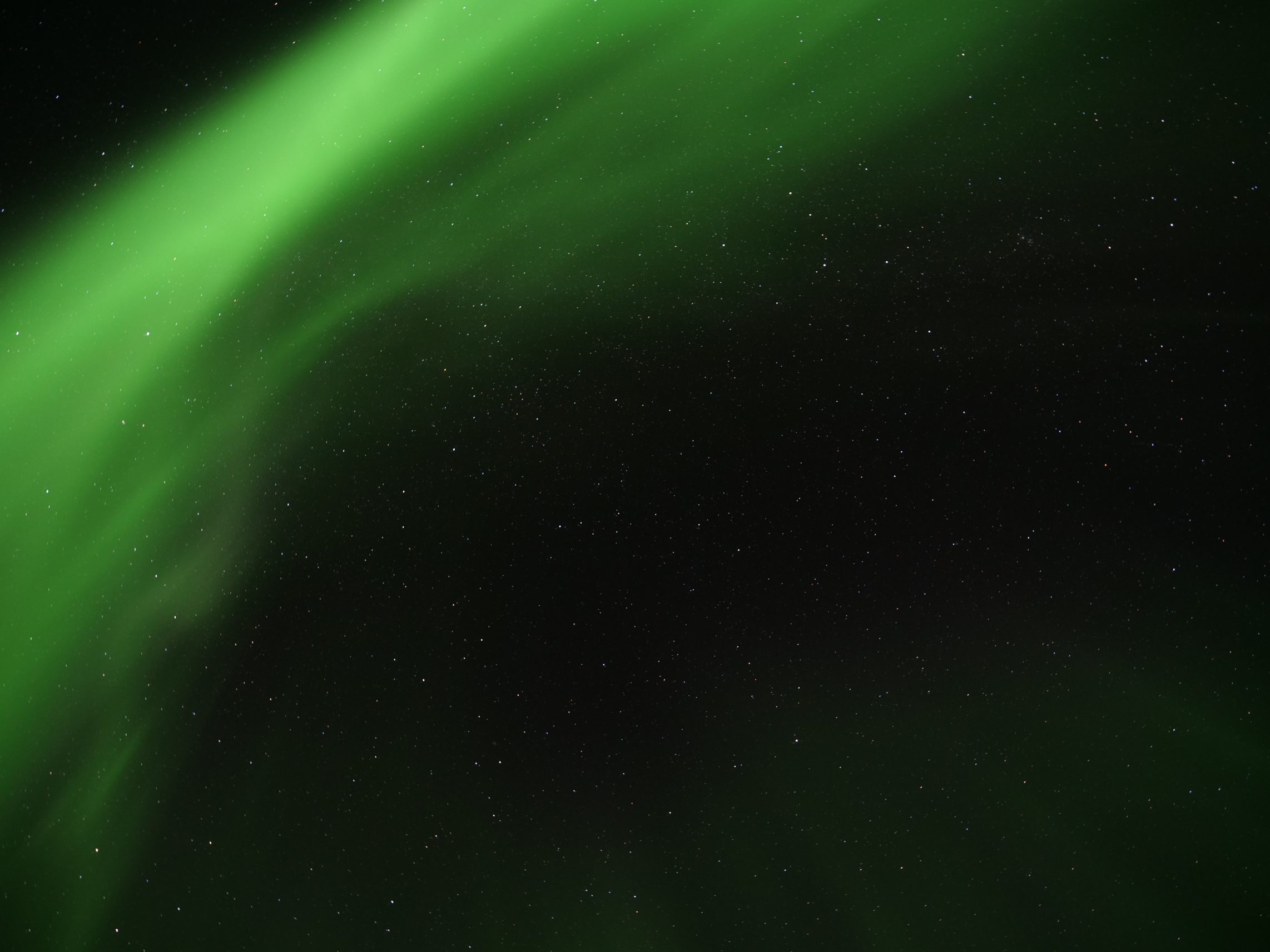
All you need to know about the northern lights ?
The aurora borealis is first and foremost a spatial phenomenon. It usually occurs when dust from our galaxy comes into contact with the Earth’s atmosphere, and the sun experiences powerful explosions that emit cosmic dust. And when this dust reaches our atmosphere, it is then propelled with speed and magnetism towards the extremities. At that point, if the dust is large enough, one or more aurora borealis is created. The friction of these solar particles with our atmosphere creates a green, sometimes violet or white radiation depending on the intensity of the phenomenon.
Solar explosions are the starting point of the phenomenon.
The particles with which our Earth comes into contact very regularly are sun dust. These fine particles usually come from solar explosions. When a solar explosion occurs, a coronal mass rises several tens of thousands of kilometres in height. The coronal mass is, in fact, a bubble of plasma on the surface of a star, and as a result of the solar explosion, countless particles are thrown into the galaxy. And a small part of it may sometimes come into contact with the Earth.
The appearance of the northern lights
The Earth’s atmosphere is a vast gas bubble that provides more or less effective protection when it comes into contact with particles of extraterrestrial origin. It is thanks to this phenomenon that the Earth is habitable and that it is not disturbed by these particles from space. When solar dust comes into contact with our atmosphere, it begins to “organize” itself. Or rather, they begin to concentrate around the Earth’s magnetic fields. And it is precisely at this point that friction is created. With this friction, the molecules then begin to produce light. This brilliant green light that we see near the poles. Because this is where the Earth’s magnetism is strongest – or where the densest network is found.
The colour of the Northern Lights
At the beginning of the Northern Lights, the colour is pale green. Polar aurora is even almost undetectable to the naked eye. It looks like a long, evident cloud, a kind of light veil. As the intensity of the solar wind increases and the density of the particles rises, then the friction with the Earth’s gas layer becomes stronger. That is when the colour starts to become greener and greener. As the phenomenon intensifies the edges of the aurora borealis become purple, then the entire aurora borealis begins to change colour and then becomes completely white. This colour signifies the peak of the phenomenon.
What is the difference between the aurora borealis and the aurora australis?
First of all, it would be more accurate to talk about the polar aurora. When the aurora occurs at the North Pole, it is called the Northern Lights, and when it occurs at the North Pole, it is called the Aurora Borealis. However, when the aurora occurs at the South Pole, we use the term aurora australis, which is a misnomer because it is the most common type of aurora. Canada, Greenland, Norway, Sweden, Finland or Russia. These are the leading countries where the aurora borealis can be observed in the world, but for the aurora australis, it is much more complicated.
For the aurora australis, it’s much more complicated, as South Africa, Australia and New Zealand are far too far from the Antarctic Circle. As for the southernmost land in the southern hemisphere, i.e. Cape Horn, it is also complicated and quite rare to observe. To see the aurora australis, you must either be on a boat at the Antarctic Circle or be on the Antarctic continent, which becomes almost impossible. This is why it is most often referred to as the aurora borealis.

Did you like this article? Leave us a comment, ask us questions and don’t hesitate to share it on Facebook, Twitter or any other platform. This will help us to write more and more articles for free for you.
crédits photos: Yann Vernerie